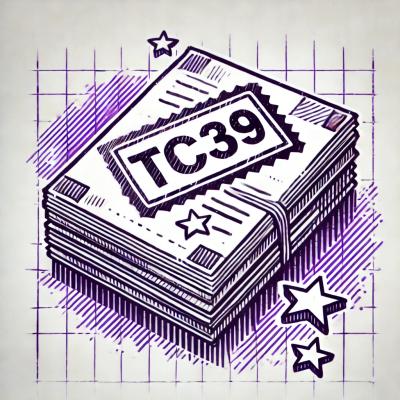What is insert-css?
The insert-css npm package allows you to dynamically insert CSS styles into a webpage from JavaScript. This can be useful for adding styles to components or elements without needing to modify the main stylesheet.
What are insert-css's main functionalities?
Insert CSS Styles
This feature allows you to insert a string of CSS styles into the document. The provided code sample demonstrates how to use the insert-css package to add a CSS rule that sets the text color of elements with the class 'my-class' to red.
const insertCss = require('insert-css');
const css = '.my-class { color: red; }';
insertCss(css);
Insert CSS with Options
This feature allows you to insert CSS styles with additional options. The 'prepend' option, for example, ensures that the new styles are added at the beginning of the <head> section. The code sample demonstrates how to use this feature to insert a CSS rule that sets the text color of elements with the class 'my-class' to blue, and ensures the rule is added at the beginning of the <head>.
const insertCss = require('insert-css');
const css = '.my-class { color: blue; }';
const options = { prepend: true };
insertCss(css, options);
Other packages similar to insert-css
style-loader
The style-loader package is used in conjunction with webpack to inject CSS into the DOM. It is more suitable for larger projects where CSS is bundled with JavaScript modules. Unlike insert-css, which is a standalone utility, style-loader is part of a build process and offers more advanced features like source maps and HMR (Hot Module Replacement).
jss
JSS (JavaScript Style Sheets) is a library for writing CSS with JavaScript. It provides a more comprehensive solution for styling in JavaScript, including support for theming, nesting, and dynamic styles. Compared to insert-css, JSS offers a more structured and feature-rich approach to managing styles in JavaScript applications.
emotion
Emotion is a library designed for writing CSS styles with JavaScript. It offers both a styled-components-like API and a lower-level API for more control. Emotion provides powerful features like theming, server-side rendering, and source maps. It is more feature-rich compared to insert-css and is suitable for larger applications that require advanced styling capabilities.
insert-css
insert a string of css into the <head>

example
var insertCss = require('insert-css');
var styleElement = insertCss('body { background:blue; }');
api
var insertCss = require('insert-css');
var styleElement = insertCss(css, opts);
Insert some CSS into the page.
-
opts.container - Which HTMLElement to use as the base mounting point, defaults to
document.querySelector('head').
-
opts.prepend - Add the CSS at the top level of the container instead of at the bottom level (default).
This is particullary useful for library creators where you may want your default CSS to be prepended so it
can be easily overriden by user styles.
development
example
npm run example
test
npm test




